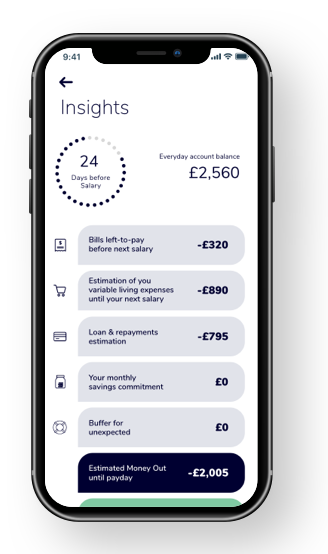There were various other advantages to be obtained from this brand-new system as well. By having all the financial institutions existing at a solitary exchange session allowed interbank commitments to be picked a multilateral web basis. This provided a big savings in the amount of cash that each of the staffs had to carry to resolve his financial institutions commitments.

Pretty quickly the next technology started when the financial institutions disregarded settling in money. This was changed when the banks set up a procedure of exchanging IOUs made use of their corresponding accounts at the Financial institution of England, for the net amounts payable or due. The IOU was called ... you guessed it; a clearance voucher.

In the next 2 hundred years the process or system was duplicated worldwide as the only technique for the collection and negotiation of cheques, which at that time was the only residential repayment instrument.
Different nations https://www.sandstone.com.au/lendfast adapted the system with minor variants. However the major stayed the exact same. While the numerous systems operated perfectly in regards to functional and also technical efficiency, the legal threat in the netting procedure was nicely neglected. This lacuna was only fixed in the 1990s with the understanding of the systemic risk that this gap had developed.
The 19th century saw the formerly handwritten cheques being changed by printed forms provided by financial institutions to their clients, frequently embodying some form of safety and security function to interfere with efforts at bogus.
Nothing much altered up until the 1960s and also 1970s when automation was presented right into the cheque clearing up system. Growing quantities of cheques around the globe required brand-new means to refine the flood of new repayments being made. Throughout this duration we saw a proliferation of automated clearing residences in which machine-readable cheques were refined, arranged, batched, cleared and resolved. The method made use of for this was the code-line published on the cheque, either in magnetic ink (MICR -Magnetic Ink Character Recognition) or using a special font ( OPTICAL CHARACTER RECOGNITION - Optical Character Recognition).
Succeeding advancements have seen this data being transferred electronically from bank to getting rid of home and afterwards to the financial institution once again. Photos of the cheques are now likewise on a regular basis transferred in between financial institutions. In numerous jurisdictions the digitized picture of the cheque has actually come to be the lawful substitute of the original paper cheque permitting the paper tool to be truncated at resource.